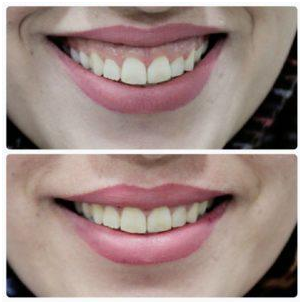Gummy Smiles
A gummy smile is a highly subjective diagnosis that shows tremendous variability over dental and non-dental populations. When patients identify gingival display as an area of concern, a restorative dentist has to be able to determine the etiology prior to investigating treatment options.
The important question is: When do we treat a gummy smile? When it bothers the patient. The ideal target is to get somewhere under 3 mm for patients who desire to change their smiles. Before treatment, it’s necessary to understand exactly what causes a gummy smile. There are at least seven different causes, and if you don’t diagnose the cause correctly, you’re going to pick the wrong treatment for your patients.

The important question is: When do we treat a gummy smile? When it bothers the patient. The ideal target is to get somewhere under 3 mm for patients who desire to change their smiles. Before treatment, it’s necessary to understand exactly what causes a gummy smile. There are at least seven different causes, and if you don’t diagnose the cause correctly, you’re going to pick the wrong treatment for your patients.
Causes of gummy smile:
- Short upper lip (if a patient has an extremely short upper lip it’s not going to cover gingiva and their upper teeth)
- Hypermobile lip (lip moves too much)
- Vertical maxillary excess VME (short ramus and overgrowth of maxilla)
- Anterior over-eruption (excess overbite)
- Wear and compensatory eruption
- Altered active eruption (the teeth don’t make it out of bone)
- Altered passive eruption (gum doesn’t recede as the person matures)
Traditional Methods for Treating a Gummy Smile:
- Orthodontics: Intrudes over erupted teeth and levels them to correct position so that it eliminates gingival display.
- Periodontal surgery: Cosmetic crown lengthening to move gum levels and make the tooth look bigger, typically performed on short teeth.
- Orthognathic surgery: Moves the maxilla in an apical direction impacting the maxilla. For instances when these traditional methods of treatment won’t work, such as a patient has a hypermobile lip, there are a couple of non-traditional methods:
- Botox: Studies suggest Botox, when injected into the muscles of the upper lip can to be an effective method; however, the improvement is temporary and must be repeated every three to six months.
- Lip repositioning surgery: Severs the muscles that elevate the lip so it can no longer rise as far in a smile. An irreversible solution diagnosis is the key to a successful outcome.
